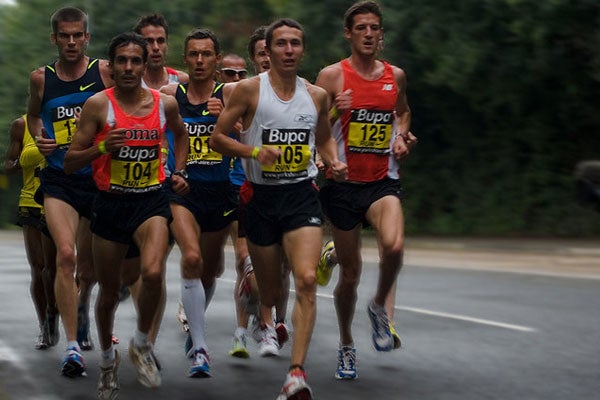
Exercise and heart health: how much is too much?
Published: September 10, 2013
When Professor Jack Goodman explains his research focus – excessive exercise and heart health – the first question most people have is, how much is too much?
Of course there is no one-size-fits-all prescription for how much heart-pumping cardio is best. But thanks to a three-year grant from the Canadian Institutes of Health Research (CIHR), Goodman will be able to better explore the risks and circumstances that lead to cardiac complications experienced by weekend warriors and elite athletes alike.
A former marathoner and current distance runner and cyclist himself, Goodman is a strong advocate of lifelong physical activity. But he says there is growing evidence that excessive exercise over many years may lead to elevated risk for developing irregular heart rhythms in predisposed individuals. “There’s not been a lot research in this area. We simply don’t know enough."
The support comes at a time when participation in extreme exercise is on the rise. "The fastest-growing group participating in marathons is adults over 40,” says Goodman. “This is not just a passing fad. In 2011, for example, over 14 million people competed in 23,000 road races in North America alone, excluding cycling and triathlon events; middle-aged and masters athletes account for the fastest growing cohort. The impact on heart health over the long term, coupled with aging, is the main focus for Goodman’s research.
During this project, Goodman will work with Professor Scott Thomas and experts at St. Michael’s and Mount Sinai hospitals to analyze the cardiac function of two groups of middle-aged men and women (between 45 and 65 years old) – individuals who perform regular, recommended aerobic exercise and those with long-standing experience in intensive endurance exercise.
The team will examine and compare heart size and function at rest and during exercise, using heart catheters and highly-accurate imaging methods, to assess the heart’s anatomy and function. Goodman suspects that the hearts of excessive exercisers will show patterns and adaptations that may provide clues as to why some have an increased vulnerability to heart arrhythmias.
Goodman sees the research as a major step towards clarifying the appropriate limits to exercise and increasing overall awareness about the risks and rewards of extreme exercise. “Our larger, longer-term goal is to create a nexus of research committed to athlete heart health that would increase knowledge dissemination for a spectrum of athletes, from the recreational right up to the elite level.”
Valerie Iancovich is a writer with the University of Toronto's Faculty of Kinesiology & Physical Education.



